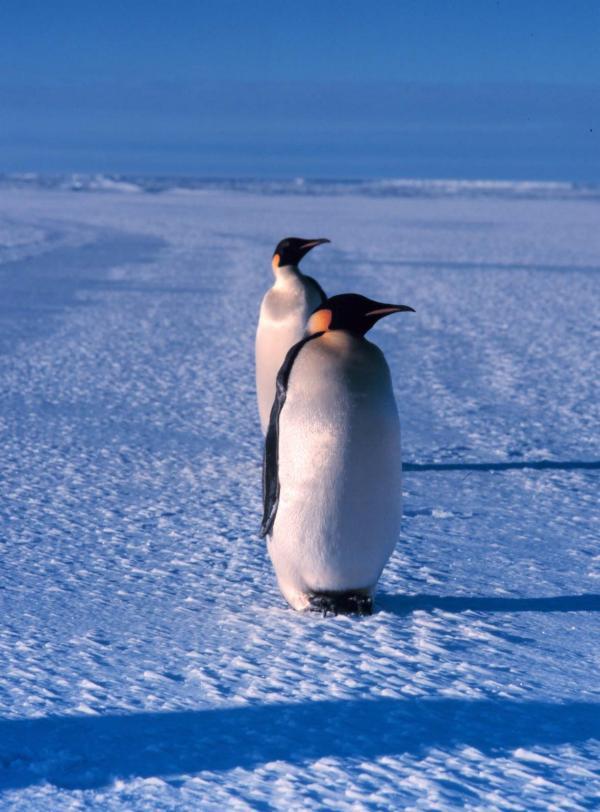Which Species Must Die?

Looks like you’re on your own, rockhopper penguins. If you can’t wing it in this world alone, we’ll just have to say adieu. The costly, long-shot measures needed to protect you are more than most cash-strapped conservation organizations can justify.
Same goes to you, Chinese water dolphins. You’re cute and all, but you really serve no meaningful role in your ecosystem. Not compared to, say, gray wolves—top predators that control animal populations—or whitebark pines, critical food for grizzly bears. Now they’re worth saving.
ANALYSIS: California Gray Wolf First Since 1924
NEWS: Sanctuaries Open to Protect Rare Dolphin Species
And so long, mangrove forests. Sure, you provide a critical role in protecting coastlines, by trapping sediment and slowing the flow of water, but you don’t have much going on otherwise. Sequoia forests, on the other hand, those are rich biodiversity hotspots. They house all manner of unique plants and animals—definitely worth the investment…
ANALYSIS: Where Have All the Mangroves Gone?
Believe it or not, there is method to this madness. In the August 2012 issue of Scientific American, Colorado-based journalist Michelle Nijhuis investigates some of the new systems of triage that scientists are using determine which species to save and which to leave to die.
Sign up for the Live Science daily newsletter now
Get the world’s most fascinating discoveries delivered straight to your inbox.
This reality is a stomach turner, but conservation groups can no longer afford to try to protect as many plants and animals as they did in the past. As budgets shrink and environmental stresses grow, politicians continue to prioritize the economy over the environment.
Bottom line: When you can’t save them all, you are forced to play god.
Nijhuis describes three ways that scientists and conservation organizations are making these tough decisions:
- The Chinese river dolphins lose out in so-called function-first approaches, which favor threatened species with a unique role in nature.
- Another strategy, which Nijhuis dubs “evolution first,” seeks to preserve genetic diversity, which can help all species to survive in fast-changing environments. Two-humped Bactrian camels and long-beaked echidnas are winners in this game. Gunnison sage grouses are losers; they are too closely related to other grouse species.
- The third approach, hotspots, focuses on saving whole ecosystems. It combines elements of the other two, but it still has winners and losers. (So sorry, mangrove forests).
HSW: The World’s Mangroves in Peril
Don’t imagine for a second that conservation triage is something entirely new:
"Conservationists who are pushing for explicit triage say they are bringing more systematic thinking and transparency to practices that have been carried out implicitly for a long time. 'The way we’re doing it right now in the United States is the worst of all possible choices,' says Tim Male, a vice president at Defenders of Wildlife. 'It essentially reflects completely ad hoc prioritization.' Politically controversial species attract more funding, he says, as do species in heavily studied places: 'We live in a world of unconscious triage.'"
Okay, okay. We get it. But for many people, triage still feels like abandonment.
It also feels like giving up on the guiding principle of the 1973 Endangered Species Act, which stipulated eligibility for protection for all nonpest species. The article paraphrases that landmark act’s reasoning as the Noah Principle: “all species are fundamentally equal, and everything can and should be saved, regardless of its importance to humans.”
Nijhuis captures that spirit, be it idealistic or comforting, in her final declaration:
"Just as a battlefield medic works unstintingly to save lives, even while knowing that he or she cannot save them all, societies should still aspire to the Noah Principle—and stuff the ark to the brim."
This story was provided by Discovery News.









